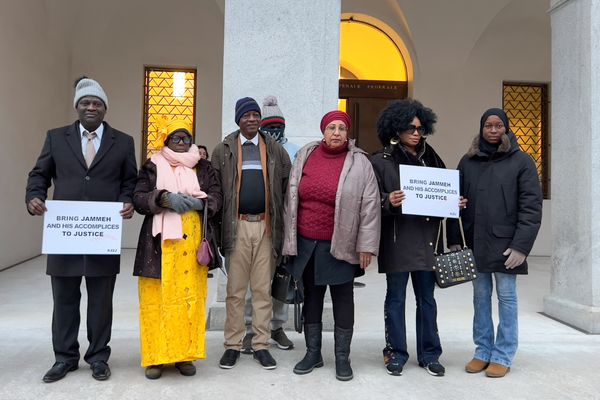The economic outlook is murky now.
It’s difficult to know when inflation will peak, when it will fall in earnest and thus how far the Federal Reserve will ultimately lift interest rates.
It’s also unclear whether the Fed, in its quest to slay the inflation dragon, will raise rates high enough to cause a recession. The Fed has boosted rates by 150 basis points since March.
The central bank has indicated another 75 basis points is coming July 27. And some experts predict that the total from March onward will be 350 basis points by year-end.
Pushing the Fed to move is rampant inflation, with consumer prices soaring 9.1%, a 40-year high, in the 12 months through June.
Summers Sees Likely Recession
Former Treasury Secretary Larry Summers is one of the experts who sees a high probability of recession. The Harvard economist notes that at no time in the last 65 years has inflation stood above 4%, unemployment below 5% and the economy failed to enter recession within the next two years.
Unemployment totaled 3.6% in June.
Summers and most other economists who expect a recession believe it will be mild, but Nouriel Roubini, chief executive of Roubini Macro Associates, isn’t one of them.
“There are many reasons why we are going to have a severe recession and a severe debt and financial crisis,” Roubini, one of the experts who predicted the financial meltdown of 2008-09, told Bloomberg July 25. “The idea that this is going to be short and shallow is totally delusional.”
In a recent piece on Project Syndicate, he compared the current predicament to the 1970s and 2008. “The next crisis will not be like its predecessors,” Roubini wrote.
Combination of Past Crises
“In the 1970s, we had stagflation, but no massive debt crises, because debt levels were low. After 2008, we had a debt crisis, followed by low inflation or deflation, because the credit crunch had generated a negative demand shock.”
So what do we have in store for ourselves next?
“Today, we face supply shocks in a context of much higher debt levels, implying that we are heading for a combination of 1970s-style stagflation and 2008-style debt crises – that is, a stagflationary debt crisis,” Roubini said.
For fiscal 2021, ended Sept. 30, the budget deficit totaled 12% of GDP, the second worst ratio (after 2020) since 1945.
As for U.S. stocks “most likely, they will plunge lower,” Roubini said. “In typical plain-vanilla recessions, U.S. and global equities tend to fall by about 35%,” he noted.
“But, because the next recession will be both stagflationary and accompanied by a financial crisis, the crash in equity markets could be closer to 50%.”






